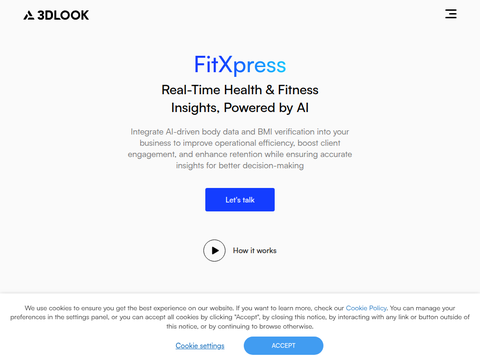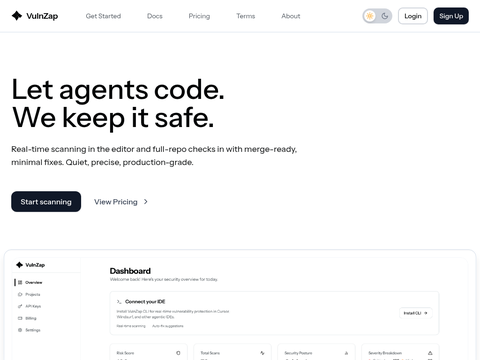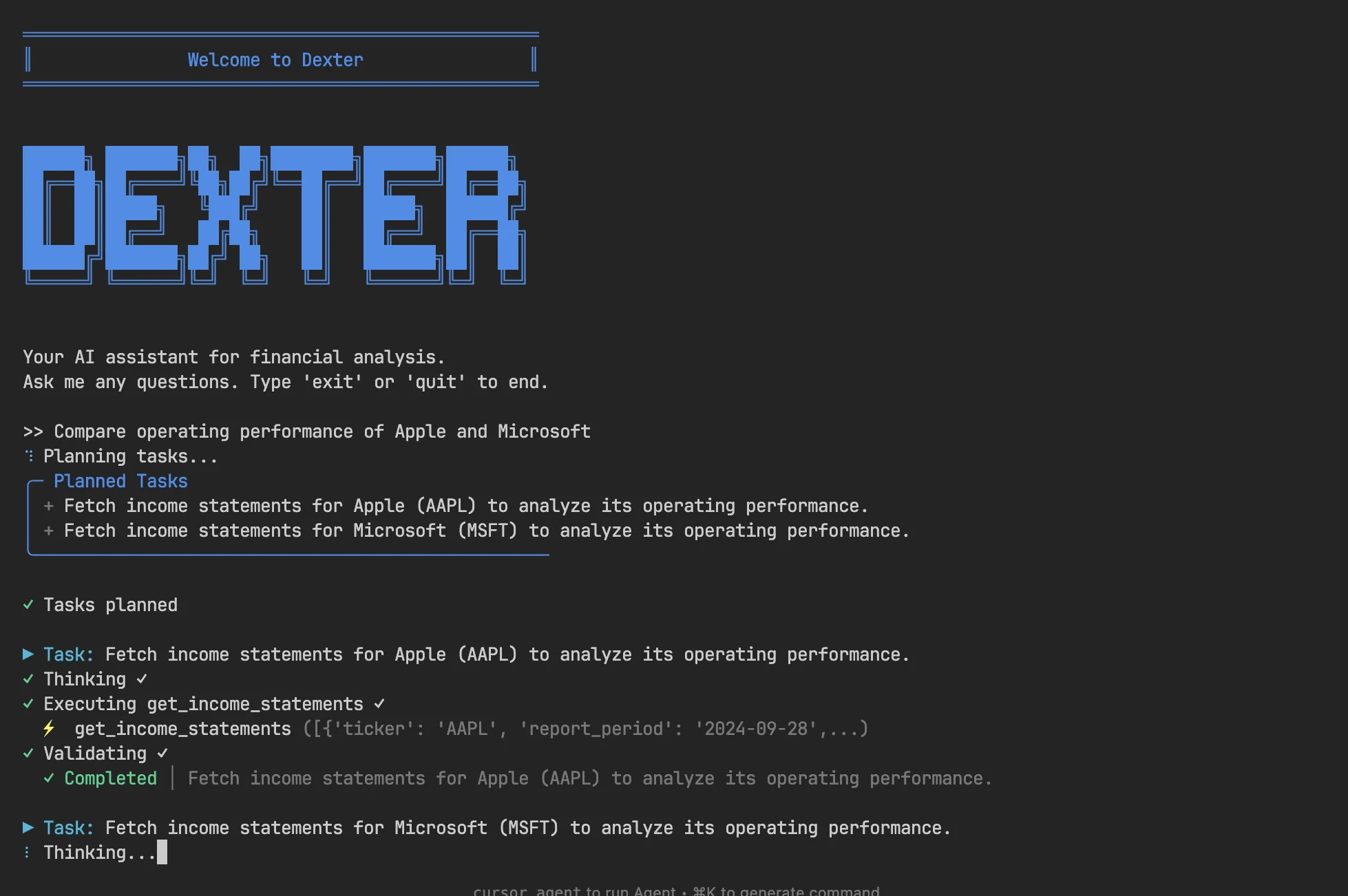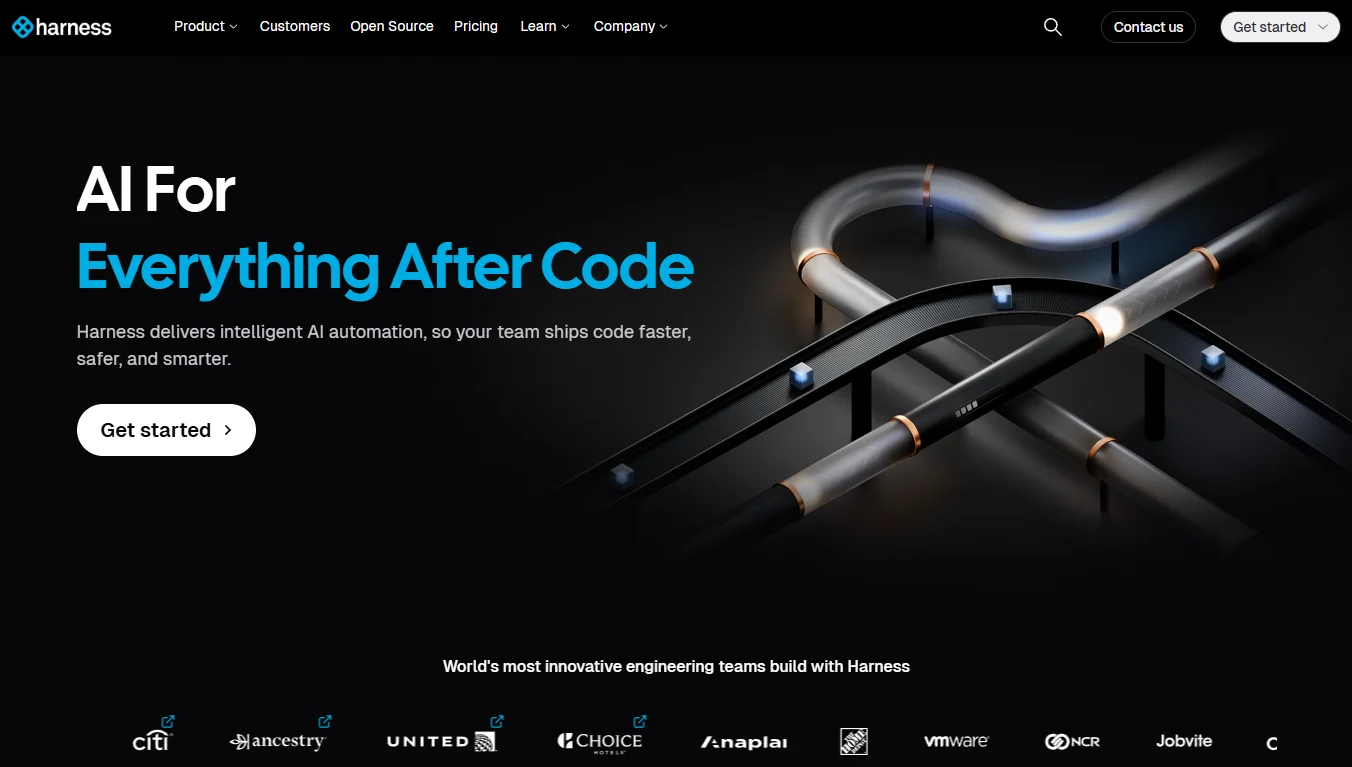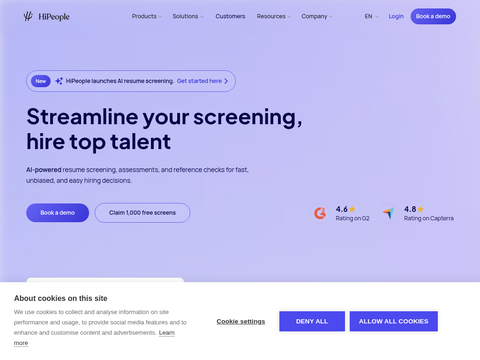Microsoft’s AI division has launched its first internally developed text-to-image AI generator.
Named MAI-Image-1, the tech giant describes the new tool as capable of generating “realistic images,” including lighting and scenery.
The company claims it incorporated feedback from creative professionals to avoid “repetitive or generic stylistic outputs,” and asserts that the resulting system is faster and more efficient than larger, slower models.
“MAI-Image-1 marks the next step in our journey and paves the way for more immersive, creative, and dynamic experiences within our products,” Microsoft stated in a blog post announcing the release.
MAI-Image-1 ranks among the top 10 text-to-image models on the LMArena benchmarking platform. The research platform noted that the ranking is based on pre-release testing and may change after public availability. Although the model is currently only being tested on LMArena, it is reportedly set to be integrated into Copilot and Bing Image Creator in the near future.
This announcement follows one month after Microsoft launched its first internal AI models in January: MAI-Voice-1 and MAI-1-preview.
The former is a speech generation model described as delivering “high-fidelity, expressive audio,” while MAI-1-preview is a chatbot that Microsoft says offers “a glimpse into the future of Copilot.”
Some observers believe that shifting toward internal AI development intensifies Microsoft’s rivalry with OpenAI, as the company begins to expand its AI model development beyond the ChatGPT creator.
In September, reports emerged that Microsoft was moving away from relying solely on OpenAI for applications such as Word, Excel, Outlook, and PowerPoint.
Despite rumors of a potential split, a Microsoft spokesperson told AI Business at the time that OpenAI would “continue to be our partner in cutting-edge models, and we remain committed to our long-term partnership.”
Nonetheless, it’s clear that Microsoft is prioritizing expansion as it seeks to diversify its AI offerings.
“We have ambitious aspirations for what comes next,” the company wrote in a blog post. “We will continue to push further in this area, and we believe that orchestrating a suite of specialized models tailored to different user intents and use cases will unlock tremendous value.”


